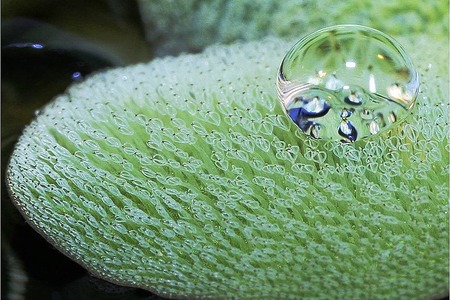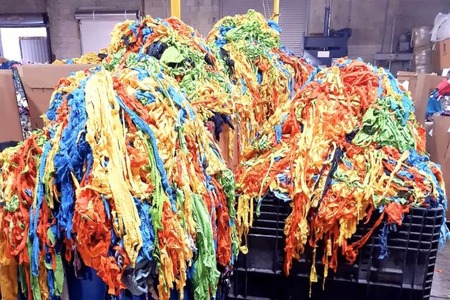
Researchers develop bio-inspired textile technology to combat oil spills
YarnsandFibers News Bureau 2023-12-15 16:46:01 – GermanyThe ITA, the University of Bonn, and Heimbach GmbH researchers have created a cost-effective and energy-efficient way to remove oil spills from water surfaces. They have developed a method using a special fabric integrated into a floating container. This innovative approach does not require toxic substances and is capable of removing up to 4 liters of diesel per hour, covering about 100 square meters of oil film on water.
Accidents during oil extraction, transportation, and use lead to severe environmental damage. Traditional methods to combat oil pollution on water surfaces have limitations, especially for inland waters. Taking inspiration from nature, specifically the floating fern Salvinia molesta, the researchers found that certain biological surfaces have excellent oil adsorption properties. They adapted this concept to create a superhydrophobic spacer fabric, which is easy to produce industrially and scalable.
This bio-inspired textile is now a key component of the Bionic Oil Adsorber (BOA), a device for oil-water separation. Unlike other methods, the BOA does not require additional energy. Capillary forces, influenced by the textile's surface properties, drive the oil separation process. The oil is transported through the textile and, against gravity, enters a collection container. Once there, it naturally separates from the textile due to gravitational forces. Each BOA device can currently remove approximately 4 liters of diesel from water per hour.
This breakthrough not only provides an effective solution for oil spills but does so in an environmentally friendly way, showcasing the potential of bio-inspired technology in addressing real-world challenges.
Market Intelligence
Ask for free sample Report

experience
Customer Base
dedicated team
Countries Served Worldwide









